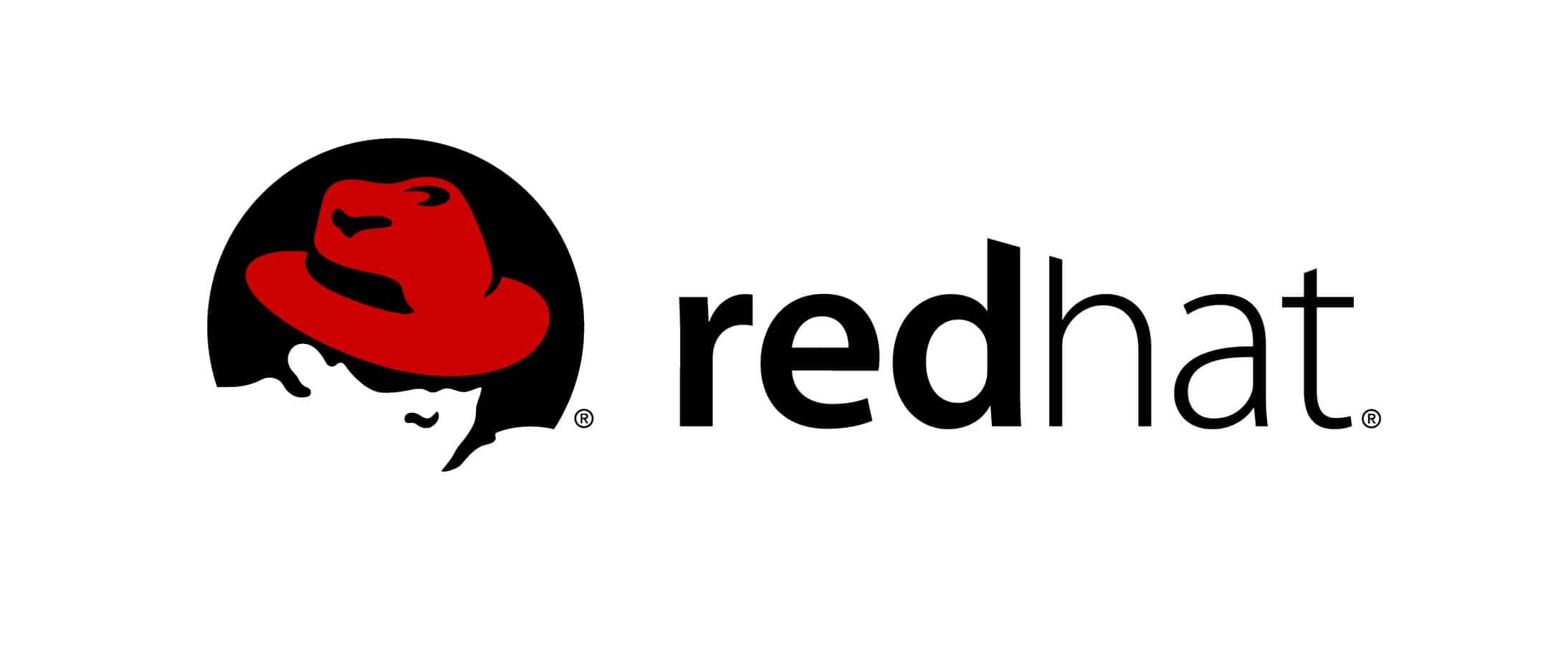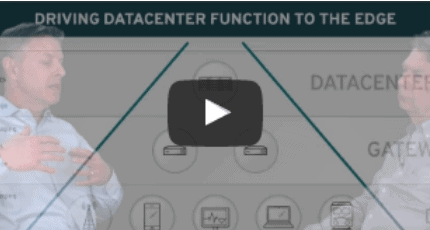Creating Business Value with the IoT, Part 1
What Should Technical Buyers Know About Intelligent Gateways for Application Development?
In this video, Ken Johnson, Senior Director of Product Management at Red Hat, explains the benefits of a scalable, application-centric strategy for IoT projects.
Learn more at www.RedHat.com/iot. Have a question? Email us here.
Transcript
Adrian Bowles: How much of a change to that piece of your architecture or your infrastructure, if you will? Is it when you start to bring in sensors where the devices are changing? That’s sort of the hot area that everybody talks about, the edge. It
sounds like you’re talking about the gateway as an abstraction that protects you perhaps from those changes?
Ken Johnson: I think it can be. Gateway’s a funny category because it’s very broad. It ranges from your mobile phone as a gateway. If you have a fitness tracker, your mobile phone is the gateway of cloud. You also have gateways that are, Raspberry Pi
could be a gateway. A two use server on a train can be a gateway where it’s aggregating all these things are talking to sensors that are in proximity to them, doing some level of processing, manipulation of data, and communicating ultimately to a back end. The range of things that can be a gateway is really vast.
I think a lot of people tend to think of them as relatively small constrained devices that can be fielded or put close to the sensors, maybe on a factory floor, on a machine talking to 10 or 15 sensors close to that device. They could be on a plane, train, auto, some mobile asset where they’re talking to a local network of sensors on that, or devices on that asset, and then processing data and communicating aggregated information back to the backend.
It deals with abstracting the sensor and device differences. It also deals with network connectivity variations. If you think of a mobile asset in particular, you may have WiFi at times. You may have 4G at other times. You may not have any connectivity at times. The gateway can deal with those different network spheres you’re in and out of and for buffer data and when it has connectivity, use the appropriate means of communication to translate data back up to the backend. It really abstracts the backend a bit and gives you some flexibility. It abstracts the devices by providing the means to handle connectivity to a variety of devices. As gateway manufacturers continue to really set base they can support more different kinds of devices, different protocols, et cetera.
Our middleware stack does not specifically address all the different kinds of device protocols that are out there. We work with an ecosystem of partners like Euro-Tech which has a lot of experience in the hardware side, communicating with these different devices and different protocols and actually the hardware chip sets and so forth. Working with them for expanded device level support, mapping that to a standardized middleware stack has really worked out well to allow the ecosystem of devices to evolve and us to be able to continue to support them and have an interface to them as Euro-Tech works with those manufacturers to add support for their protocols and so forth.
We bridge that into our standardized stack, have a standardized communication from maybe the gateway tier to the backend so it really works nicely together as a part of a joint ecosystem.
Adrian Bowles: Thanks for watching. If you’d like more information about how Red Hat handles these issues for IoT check out RedHat.com. For more videos in the series you can go to RTInsights.com.
Creating Business Value with the IoT video series
-
Vignette #1:Using Intelligent Gateways for IoT Applications
-
Vignette #2:
-
Vignette #3:
-
Vignette #5:
Connect with Red Hat
About Red Hat
Red Hat, the world’s leading provider of open source software solutions, delivers reliable and high-performing cloud, Linux®, middleware, storage, and virtualization technologies that help you collect, communicate, transform, store, and act on critical data generated by the Internet of Things (IoT). Red Hat offers a single, extendable, and secure foundation to support the end-to-end life cycle of IoT solutions—from development to production.
Red Hat brings intelligence to the edge, bridging the gap between IT and operational technology for connectivity and interoperability between IoT devices, gateways, datacenters, and the cloud.
Learn more at redhat.com/iot.









